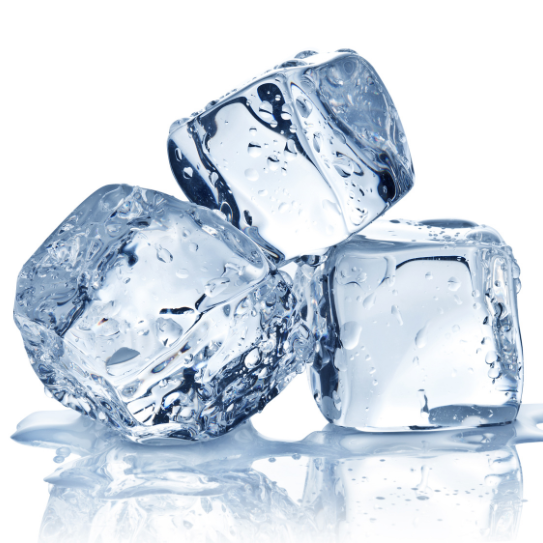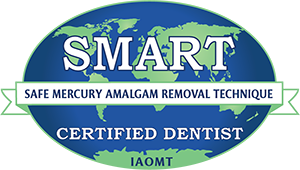Chewing Ice: The Cool Habit that Can Harm Your Teeth | Rapid City Dental Clinic

Rapid City Dental Clinic Welcome to Rushmore Dental, your trusted Rapid City dental clinic. We're here to shed light on a topic that might seem innocent but can have detrimental effects on your dental health – chewing ice. While it may seem refreshing and harmless, this cool habit can lead to various dental issues. This […]
9 Oral Health Tips from Your Dentist in Rapid City

Rushmore Dental | Dentist in Rapid City, SD Daily brushing and flossing are necessary to maintain healthy teeth and gums. However, you can do other things that benefit your overall well-being. Please read below for your dentist in Rapid City's nine dental health tips. #1 BRUSH YOUR TEETH TWICE DAILY Brushing your teeth with […]
It’s Time for a Dentist FAQ Session

DO YOU HAVE questions for the dentist? There’s a good chance one of yours made our frequently asked questions list! Question 1: How often do I need to visit the dentist? For most people, we recommend a dental exam and cleaning twice a year. Even for patients with perfect oral hygiene, it’s inevitable that some […]
Prebiotics: Not Just for a Healthy Gut
The human body has a variety of microbiomes, the largest and second largest of which are in the gut and the oral cavity, respectively. These microbiomes do not function independently but are related in a complex manner. For example, oral bacteria responsible for tooth decay and periodontal disease might make their way into the digestive […]



